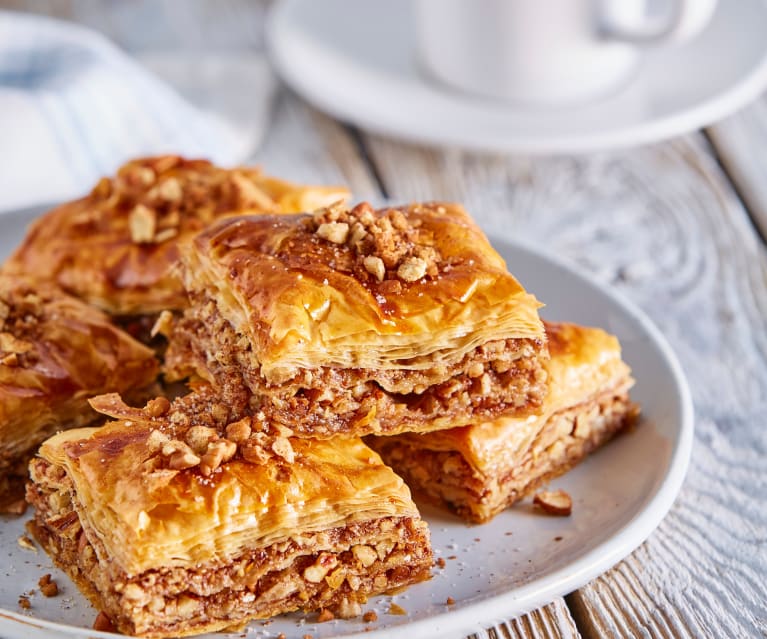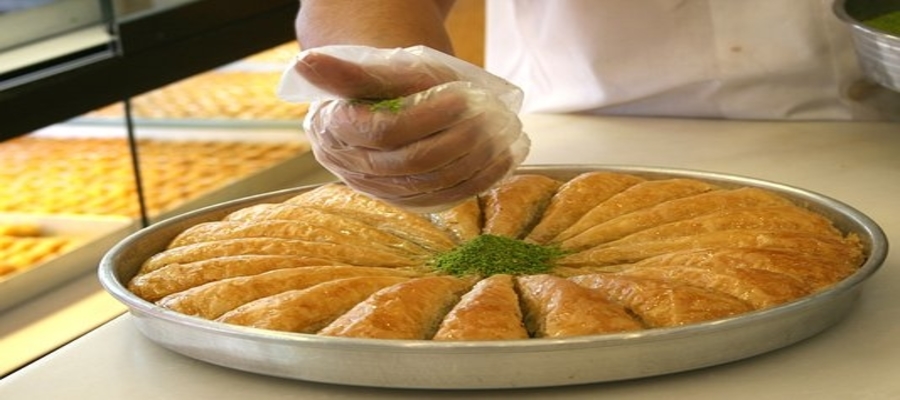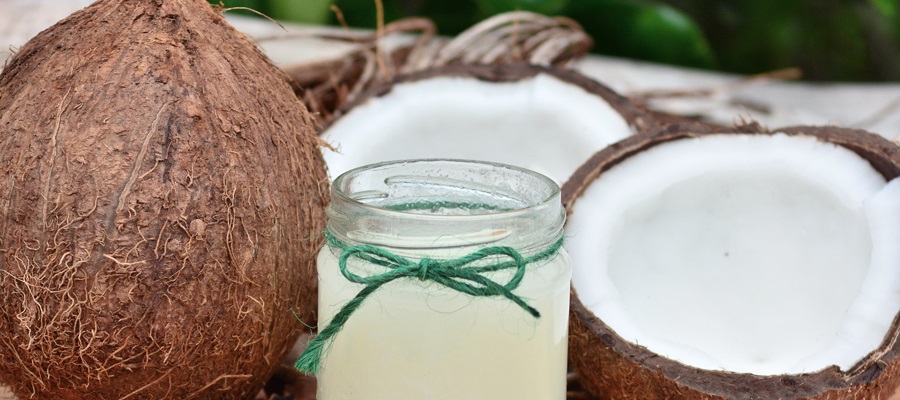Baklava is a wealthy Turkish pastry of phyllo (filo) dough. Phyllo could be a straightforward flour-and-water dough that's stretched to paper thinness and contains no sheets. It's a method that is often times only used by business owners. The result is a dish which is so delicious that it used to be served to royalty and various ethnics claim it as their own. Baklava is an example of human ingenuity in developing food that not solely nourishes the body. It additionally brings happiness to the mind and spirit. Commonly considered a Greek specialty, baklava is accessible in a very wide selection of local variations throughout Greece, on dry land and islands. Additionally it's extensively found in Turkish-, Arabic- and Middle Eastern cultures.
Preparation of Baklava

Source: assets.tmecosys.com/
It consists of layers of brittle phyllo dough alternated with a sugar-coated spiced nut mixture. It contains walnuts, almonds, and presumably pistachios. The pastry is baked on large trays and liquified shortening is poured on top. After baking, the entire product is soaked in odorous sweet syrup created with honey, lemon, and cinnamon. Sweet and exotic, baklava is cut into tiny pieces of assorted shapes and cooled before serving.
Cultural significance
As a sweet, wealthy dish that needs time and expense in its preparation, baklava has typically been regarded in Greece as a dish reserved for special occasions. In some areas, baklava is that the most vital sweet served at weddings. You can also even take it to the church before the ceremony. In several regions, it's served at Christian celebrations like Christmas. At Easter it's created with forty sheets of phyllo dough representing the forty days of Lent. Muslims eat it throughout Ramadan. Jews refrain from serving dark-colored pastries, like those made of walnuts, on Rosh Hashannah, as that might bespeak a dark year. Blanched almonds are traditionally employed in Rosh Hashannah baklava to produce a light color in order that the year ought to be "sweet and bright.
Regional variations
Baklava is the most famous of the Greek pastries, and each area of Greece, and typically each family within a region, encompasses a favorite recipe. Variations embrace the utilization of various nuts (walnuts, almonds, pistachios). It is completely different in baking because of numbers of sheets of phyllo dough, and completely different flavors to the syrup or filling (including cinnamon, cloves, cardamon, and rose water). Baklava is made without brushing the phyllo in Evros( the northeastern part of Greece). A walnut filling is a lot of prevailing within the Levant. Pistachios fillings are most well-liked in Iran. Hungarian made associate degree apricot version.


